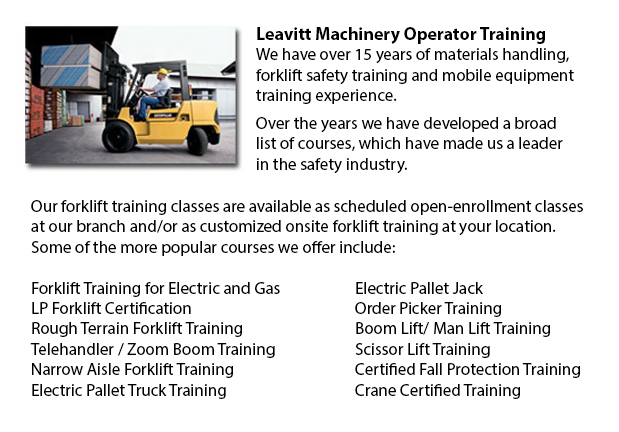
Hyster is now a world leader in lift trucks as well as warehousing solutions. However, it started as a producer of lifting equipment and winches. Most of its production was concentrated in the Pacific Northwest and dealt primarily with the timber and logging industry. A couple years after the 1st forklift trucks were invented Hyster became synonymous with quality manufacturing. Over the last 80 years Hyster has continued to get bigger and increase its product line. The expansion of its products coupled with its wish to stay service oriented has allowed Hyster to grow into the global participant it is in the present day.
The thirty years between 1940's and the 1960's saw a large evolution in the amount of products offered under the Hyster brand name. In 1946, Hyster opened a plant in Danville, Illinois that was exclusively committed to mass manufacturing trucks. This allowed Hyster to force its costs down and, simultaneously, offer a better quality product at industry competitive prices. In 1952, Hyster began its first foray in to the international production market through opening its first plant in the Netherlands. The Netherlands plant was originally designed to produce two products: Hyster 40" and the Karry Kranes.
Between the late 50's through the 60's, Hyster continued to expand into new markets. They began constructing container handlers in the US in 1959 to satisfy the ever growing demand for transportation goods. In 1966, Hyster developed a technique for allowing a lift truck to go both ahead and backwards using the same pedal. This pedal was known as the Monotrol pedal, which revolutionized the industry. Later on in the decade Hyster opened a research and development centre in Oregon that was concentrated on improving the design and functionality of forklifts. The centre is still one of the world's greatest testing facilities in the materials handling industry.
As demand for materials handling equipment continued to expand swiftly throughout the sixties, Hyster needed to reorient its concentration towards these new mass markets. Accordingly, in 1970, the XL design philosophy was born. The XL design philosophy allowed Hyster to supply greater quality at a more affordable price. A further expansion in manufacturing capabilities was necessitated by the demand in Europe for Internal Combustion Engine Vehicles. To fill this gap, a plant in Craigavon, Ireland was opened in 1980. Through the 1980's Hyster continued to concentrate on developing industry leading lift trucks. The Hyster brand name was recognized throughout the globe for its dedication towards quality. This attention to quality produced several suitors for the business. In 1989, a large multinational corporation based in Ohio called NACCO Industries purchased Hyster and began an aggressive expansion strategy. NACCO promptly replaced the XL philosophy with a more driver oriented truck that focused on operator comfort, which is identified as the XM generation of lift trucks.
The evolving needs of Hyster's clients, led by improvements in supply chain management, required Hyster to constantly innovate and invest in modern manufacturing systems throughout the next few decades. Acquisitions and investments were made in the US, Italy, Netherlands, and various other places all over the world. All of these investments have made Hyster a international leader in the lift truck market. Recently, Hyster celebrated its eightieth anniversary as an industry leader of materials handling equipment, which includes more than 300 different styles of lift trucks.
-
Boom Lifts
Boom Lifts are a platform lift device which could be raised or lowered to varying heights, making this equipment a helpful instrument for many industrial uses. There are many different types of Boom Lift consisting of knuckle booms, scissor lift truc... More -
Nissan Forklift
Nissan takes immense delight in attaining overall client satisfaction, when their customer is experiencing one of their many products including cars, trucks, and lift trucks. Nissan Motor Co. Ltd is the parent company to Nissan's Forklift division. T... More -
Reach Trucks
Reach Trucks are mechanized equipment utilized for loading and storage in some firms that maintain storage of cargo to finished goods on a pallet which are then inserted into high shelving units. This loading machine helps organizations safely and ea... More -
Crown Forklift
More -
Scissor Lifts
The scissor lift or table lift, is a mechanical industrial lift that may be customized to be utilized in retail, wholesale, manufacturing and production environments. Industrial scissor lifts have been used chiefly within production and manufacturing... More

Forklift Training Fort McMurray
TOLL FREE: 1-888-254-6157
Fort McMurray, Alberta
forklifttrainingfortmcmurray.com
Email Us
About Us


